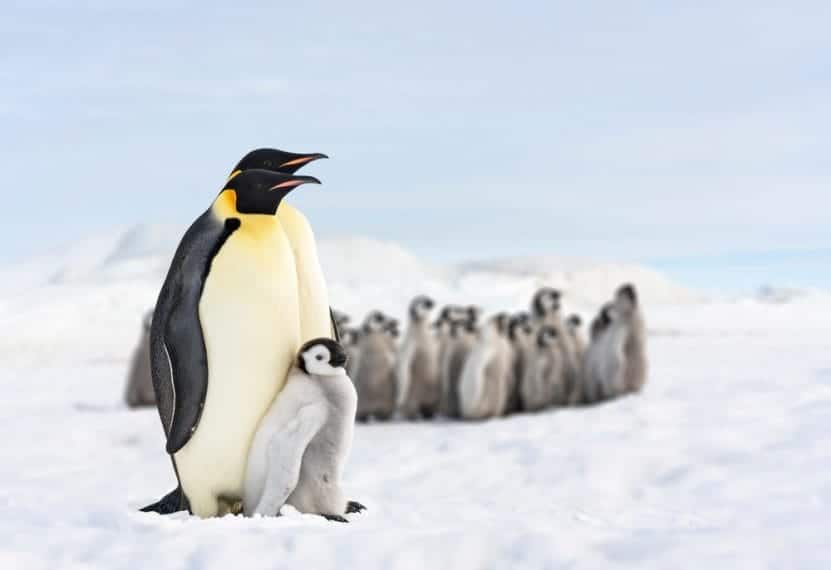The Arctic zone is a sanctuary for various avian species but conspicuously lacks the existence of penguins. What could be the reason behind this? Let’s embark on this piece to investigate the development and past existence of penguins in the Arctic.
Evolution of Penguins
What led to the evolution of penguins in the Southern Hemisphere instead of the Arctic? There are several reasons contributing to this occurrence:
- Birds that can’t fly
Flight plays a vital role for avian species in the Arctic, allowing them to fend off predators and find safety on rocky cliffs.
- Brooding habits
Penguins evolved to procreate, hatch eggs, and nurture their young on land in the Southern Hemisphere, offering protection against predators. Such behavior would expose them to risks in the Arctic.
- Specialization as deep-sea divers
Penguins are skilled divers underwater, with flippers and adapted bone structure that impede flight but promote diving.
Did penguins inhabit the Arctic zone?
Indeed, penguins were momentarily found in the Arctic zone during the 1930s and 40s.
The Norwegian adventurer Lars Christensen endeavored to introduce king penguins to the Lofoten island in the Arctic region. Nonetheless, their presence was short-lived, with sightings ceasing by 1949, leaving their future uncertain.
Bird resembling penguins in the northern area
The Great Auk (pinguinis impennis) was a flightless marine bird that shared similarities with penguins. Abundantly found in northern regions, it went extinct in 1844 due to human hunting.
Summary
While penguins are not suitable for the Arctic region, the memory of their transient existence endures through the Great Auk, demonstrating the distinctive avian history of the North.
Image Attribution: IHERPHOTO2 / Shutterstock
































